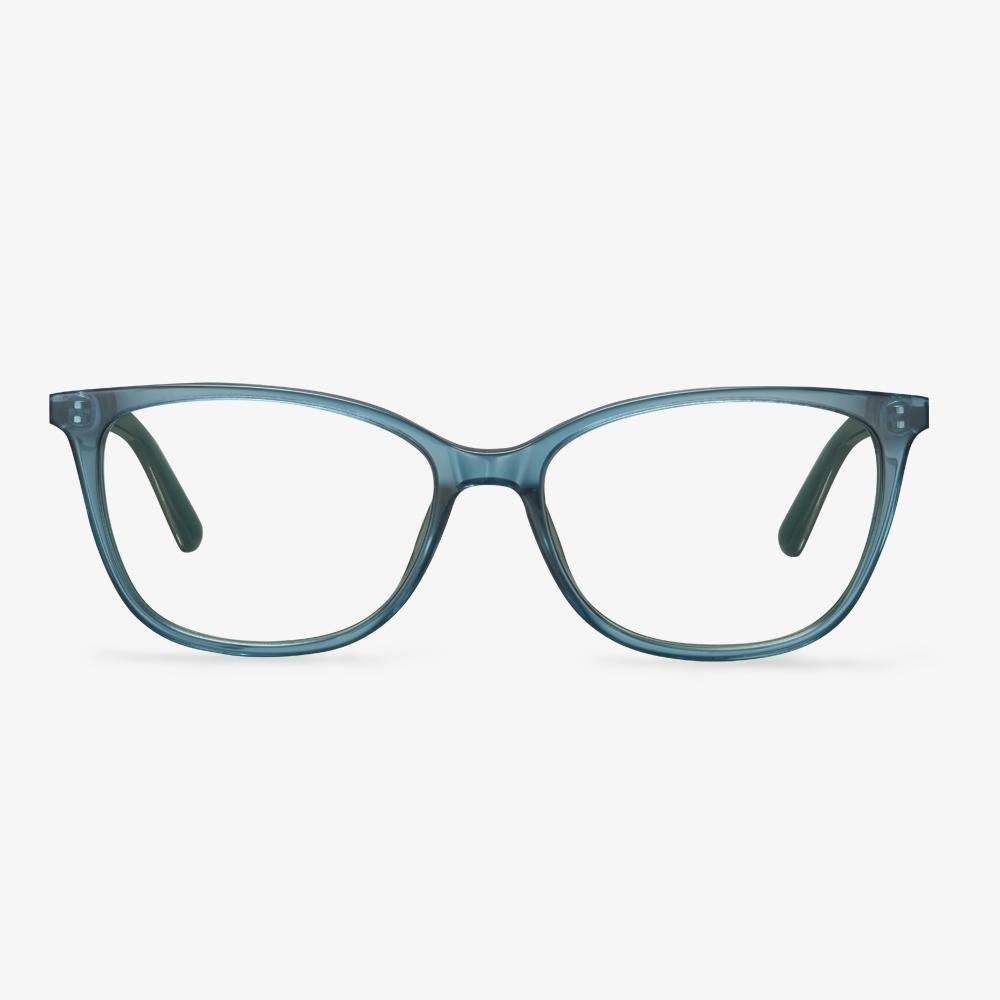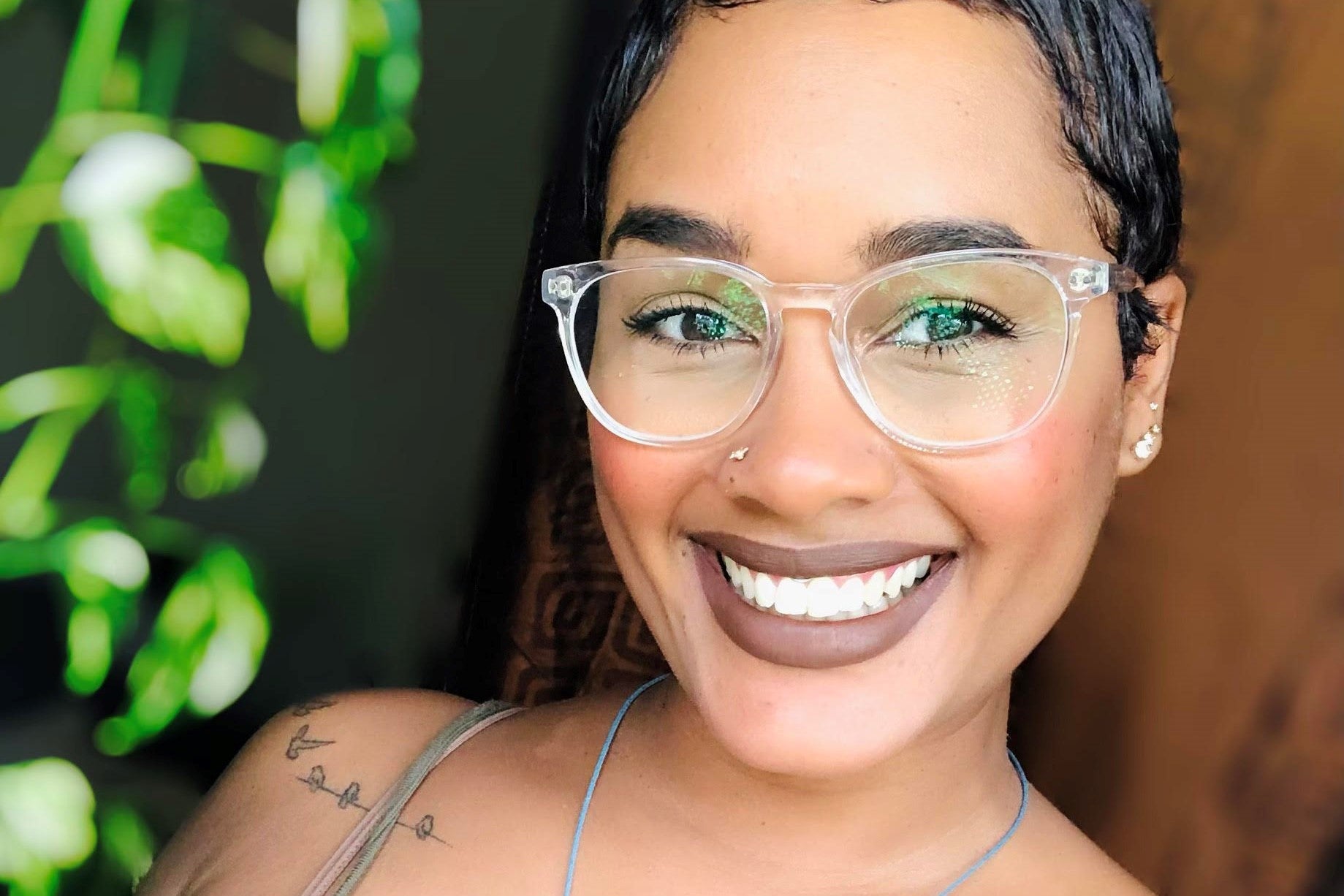Why do my glasses hurt the top of my ears?
The problem caused by the angle of the glasses rubbing the ears is mainly caused by the following several conditions. Firstly, it may be that the outer angle is not enough so that the feet of the glasses press the ears too tightly. Secondly, the two sides of the glasses are of different heights. Thirdly, the last situation may be caused by a problem within the angle of depression.
The material of spectacle lens
It is not only based on the refractive index to select but also depends on the material of the spectacle lens. Then there are several types of materials for myopia glasses. For example, there are glass, resin, and better PC lenses. There are also obvious differences between the three materials. The use rate of glass lenses is not high now. The myopia lenses that you often see are mainly resin lenses. These resin lenses are more suitable for wearing. Also, you can choose PC lenses. There are many PC lenses on the market. This kind of lens is very light, high toughness, and not easy to break, so it is also very popular with everyone. These three materials have their own advantages and disadvantages, so decide which one to buy according to your needs.
What Are Anti-Glare Glasses?
Anti-glare glasses are made with lenses that have an anti-glare coating or anti-reflective coating. This is an extremely thin layer placed on the lens itself so as to remove any reflections you might see from the surface of the glasses. This improves your vision by reducing the amount of glare that reflects off of your lenses.
What are keyhole glasses used for?
The keyhole distributes the weight of the glasses to one side of the nose rather than the top. It's a good choice for those with broad noses. Due to the lack of support at the top, the keyhole design will result in the frame being positioned lower than the saddle bridge frame. If you find that your saddle frame causes your eyes to be located just below the center of the lens area, you may try a wider frame or opt for a keyhole design.
Glasses should not have serious color differences.
Children's eyes are not fully developed, and the eyeball is still growing slowly, at this time it is best not to wear such blue light glasses with the serious color difference. If you always see things with color differences, it will cause eye discomfort, resulting in increased myopia, but the opposite. The big color difference will cause low light transmittance, affecting child macula development. In the case of long-term distortion and discoloration, visual physiology and psychology will be affected.
Blue light glasses for children have special lenses that block some light waves, which may help protect children's growing eyes from digital eye strain. Blue light lenses sometimes have a slight yellow tint. You can buy prescription or non-prescription glasses with child-size frames and lenses that filter blue light. They don't filter out all the blue light, but they can reduce your child's exposure to blue-violet light by 80 percent or more.
What does the Drop Ball Test have to do with the eyewear industry?
FDA mandates that eyewear products must ensure their safety. Impact resistance is a basic norm for binding glasses and/or lenses in the United States. The FDA does say that a drop ball test must be performed on every glass lens for prescription use. The FDA-regulated eyewear products are common in the everyday lives of the public, and the FDA considers impact-resistant lenses to be an important part of the safe design of these devices. Today, safety lenses are rarely mentioned in our sales, but in the 1990s, when resin lenses first entered the Chinese market and glass lenses still dominated the market, safety lenses were a pretty important concept. At the time, the hardening technology has not been upgraded, and the resin lens is easy to wear out than the glass lens. The eyewear industry is relying on lightness, safety (anti-impact), comfort (anti-ultraviolet) step by step to achieve the market share of resin lenses from 1% to 100%.
Adolescents and adults with myopia
Teenagers have heavy learning tasks, and excessive eye use is the norm, so pseudomyopia is the majority. And many of them have false and true myopia coexistence. As adolescents grow and hair, the eyeballs are also developing, and the wheelbase may be further lengthened, so myopia will continue to progress and deepen. The use of mydriatics by adolescents can force the ciliary muscles to relax and eliminate pseudomyopia. But after the pupil is dilated, the ciliary muscles will also lose their ability to adjust, changing from 'nearsightedness' to 'hyperopia', which will delay daily learning. And after the efficacy of the drug has passed, if you continue to use your eyes unscientifically, pseudomyopia will still occur. Therefore, the mydriatic agent is only used as an auxiliary method to eliminate false myopia when wearing myopia glasses, not as a treatment method for myopia.
Adult myopia is based on true myopia. In addition, the eyeballs of adults will no longer develop, so the degree of myopia is relatively fixed and rarely changes.











































